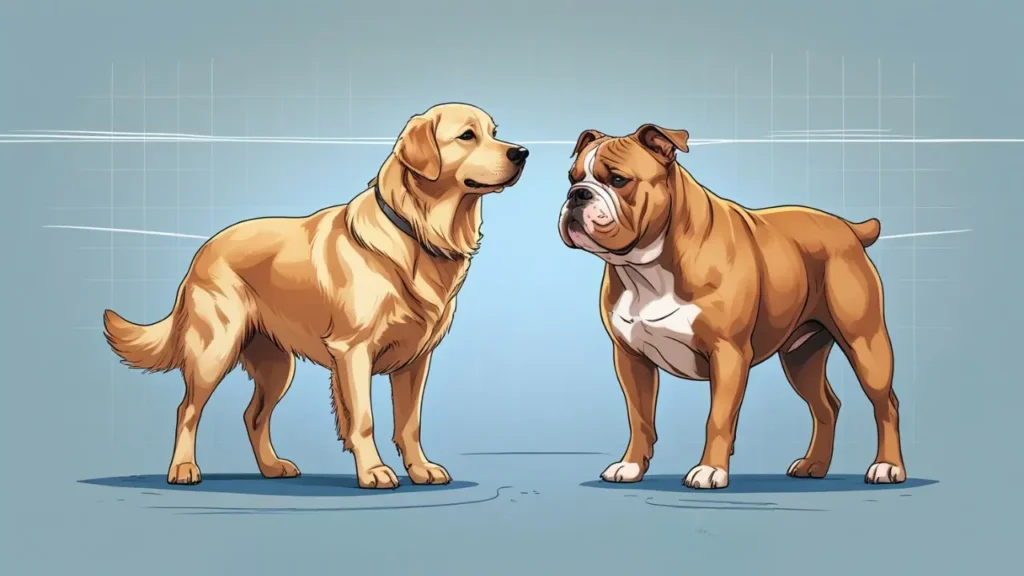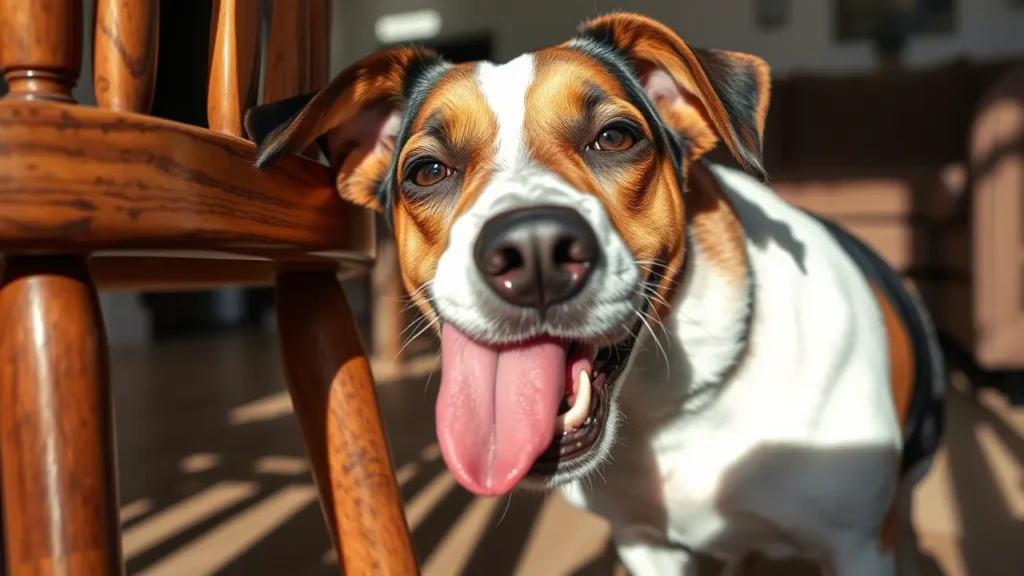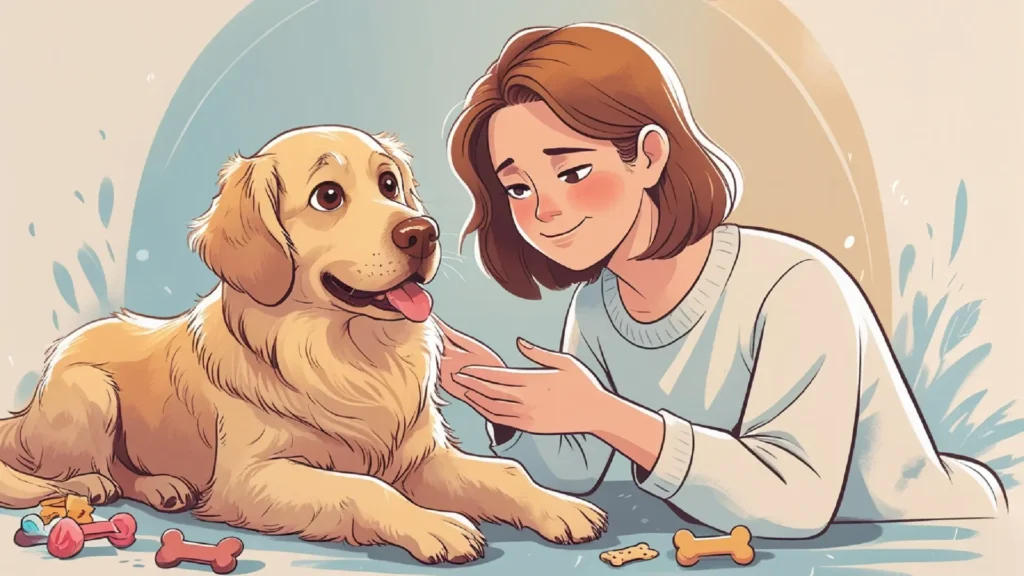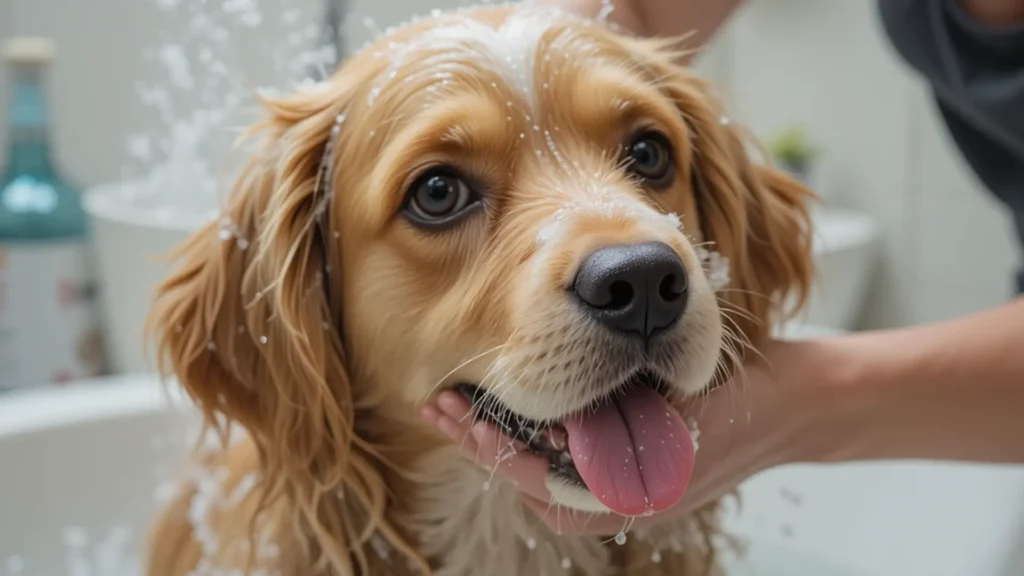Dog aggression can arise for various reasons. Understanding the causes, recognizing the warning signs, and employing effective techniques for intervention help prevent aggression from escalating into dangerous situations.
Why Dogs Show Aggressive Behaviors
Dogs exhibit aggressive behavior toward other dogs for several reasons-
- Territoriality is a common cause. Dogs see other dogs as a threat to their space or resources.
- Social hierarchy and dominance play a role. Dogs with strong alpha tendencies challenge other dogs to assert their status.
- Fear and anxiety also trigger aggression, particularly in dogs that haven’t been properly socialized or have had negative interactions with other dogs in the past.
- Additionally, pain, illness, and discomfort make a dog irritable and prone to lashing out when approached by others.
Some specific types of aggressive behaviors in dogs are:
- Growling
- Baring Teeth
- Snarling
- Biting
- Snapping
- Lunging
- Chasing
- Tail Stiffening
- Raised Hackles
- Staring
- Ear Positioning
- Stiff Body Posture
How to Manage Aggression in Dogs
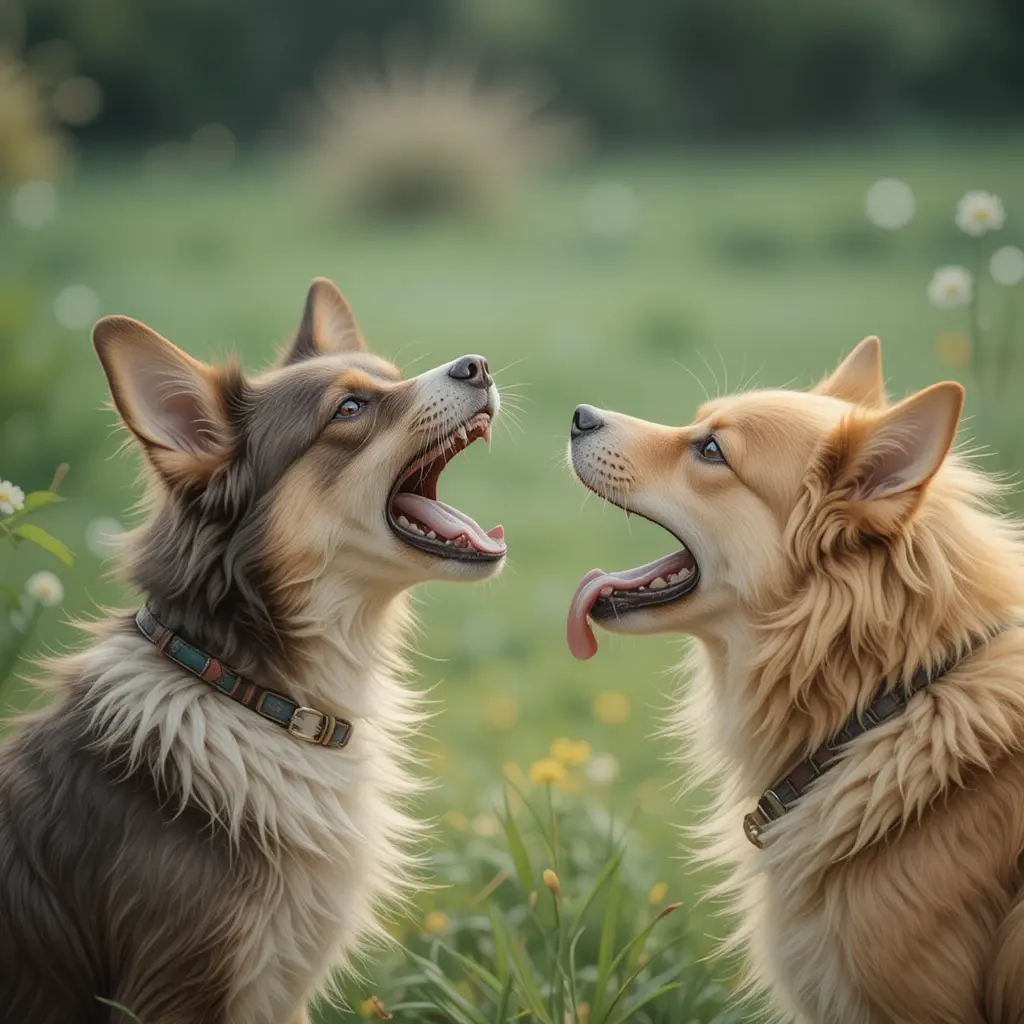
In this guide, we will explore practical steps to handle aggression between dogs.
Assess the Situation Before Intervention
Don’t be panic to stop the fight. Your dog senses the tension, which can escalate the situation. So, stay as calm and composed as possible. Take deep breaths and approach the situation with clarity and focus.
Before taking action, evaluate the situation. Wait and see if the dogs are just barking or actively engaging in fighting. Understanding the level of aggression allows you to decide whether you need to intervene or leave them naturally calm down. Minor growling and posturing just need time to subside, while physical fighting requires more immediate intervention.
Central California SPCA suggests that, “If you find yourself alone and confronted with fighting dogs, you can break up the fight by first determining which animal is the aggressor, or which dog is attacking the other. Typically, there will be one dog who is far more intense. Identify that dog and remove it from the fight. Typically, by doing this, both dogs will stop fighting.”
Avoid Physical Intervention
Dogs are in a heightened state of aggression when fighting. Attempting to physically intervene by grabbing the dogs or stepping between them can result in injury. Avoid stopping them with physical intervention.
Use a large object like a broom, chair, and a blanket to separate the dogs. These objects act as a barrier. These facilitates you to get between them without risking injury. Pushing the dogs apart with an object helps create physical space between them.
Distract the Dogs to Reduce Dog Aggression
It is better to use distraction tools to stop dog fighting. You can use loud noise, water sprays, shaker jars and other tools at your home as a distraction. These tools play in a fruitful way.
An unexpected loud sound startles the dogs enough to interrupt their aggression. This can be clapping your hands, shouting “No!” in a firm voice, or using an air horn or whistle. The shock of the sound often momentarily distracts them from the fight.
Water spray bottle and a garden hose are other tools to interrupt an aggressive encounter. Spraying water in the direction of the dogs (without aiming directly at their face) breaks their focus and make them stop. It allows them to reorient and potentially calm down.
You can use a can of coins or a shaker jar as a distraction. The sudden noise of the rattle grabs their attention and provide a moment of disruption. However, this method should be used sparingly. Regularly using this technique helps dogs learn to ignore the noise over time.
Prevent Reinforcement of Aggressive Behavior
Once you’ve interrupted the aggression with a distraction, it’s important to redirect the dogs’ focus to something else. This might include calling them by name, and using a toy to shift their attention away from the source of aggression.
Don’t punish them immediately. In the heat of the moment, physical punishment, such as hitting and yelling at the dog, can escalate aggression. Punishment also damages your relationship with the dog and make them fearful. It’s more effective to calmly intervene and use positive reinforcement when they display calm behavior later on.
Manage the Environment that Triggers Aggression
In the midst of aggression, ensure there’s enough distance between the dogs. This can be done by leading one or both of the dogs into different rooms or areas of the house. If you’re outside, use leashes to control the distance, and be prepared to guide them away from one another.
Look for common triggers, such as food, toys, or territory, that might cause the aggression. If food or a specific resource is causing the aggression, remove the item and give the dogs time to calm down before reintroducing it in a controlled manner. Avoid forcing them into situations where these triggers could cause further aggression.
Assess the Root Cause of Aggression
Some dogs are naturally territorial and become aggressive when other dogs enter their space. This could involve physical territory like a home and yard, and toys. In such cases, it’s important to give each dog its own safe space.
Fear can trigger aggression. A dog might display aggressive behaviors when it’s unsure of the other dog’s intentions. This type of aggression can be managed through desensitization. Expose the fearful dog to calm and controlled situations with the other dogs. Create an environment to positively interact with each other.
Dogs become aggressive to protect valuable resources. They are protective of food, toys, and owner’s attention. To address this, encourage your dog sharing and cooperative behavior. Give all of the dogs treats and toys simultaneously. Gradually increase the level of interaction in a way that decreases competition for resources.
Lack of proper socialization can lead to aggression. Gradual and positive exposure to other dogs, through controlled and supervised introductions, build positive associations.
Use Positive Reinforcement for Good Behavior
Reward the dog which remains calm in or after fighting. Use treats, praise, and playtime to reward non-aggressive behavior.
Basic obedience training helps significantly in managing aggression. Teaching the dogs commands like “sit,” “stay,” “leave it,” or “come” help you maintain control in tense situations and prevent conflicts. A well-trained dog is more likely to follow commands and respond to redirection, helping to avoid aggression before it starts.
Seek Professional Help for Medical Conditions
Sometimes, aggression may stem from medical issues such as pain, hormonal imbalances, or illness. If the aggression is sudden, intense, or out of character for the dog, a visit to the vet is essential. A thorough checkup can rule out medical causes and help address any underlying health concerns.
For chronic condition, seeking help from a professional dog trainer or behaviorist can be invaluable. These experts have experience in reading canine body language and understanding complex behavioral issues. They can work with both you and the dogs to create a personalized plan for reducing aggression.
Prevent Future Conflicts
Socialize your puppies to prevent aggression in later life. This includes exposing them to a variety of dogs, people, environments, and situations in a controlled manner.
Consider separate spaces for multiple dog arrangement, when you’re not around to supervise. This prevents escalation and gives each dog time to relax and unwind in their own space.
Managing aggression between dogs requires patience, understanding, and careful intervention. By staying calm, assessing the situation, and using distraction techniques, you can prevent an escalation of aggression.

